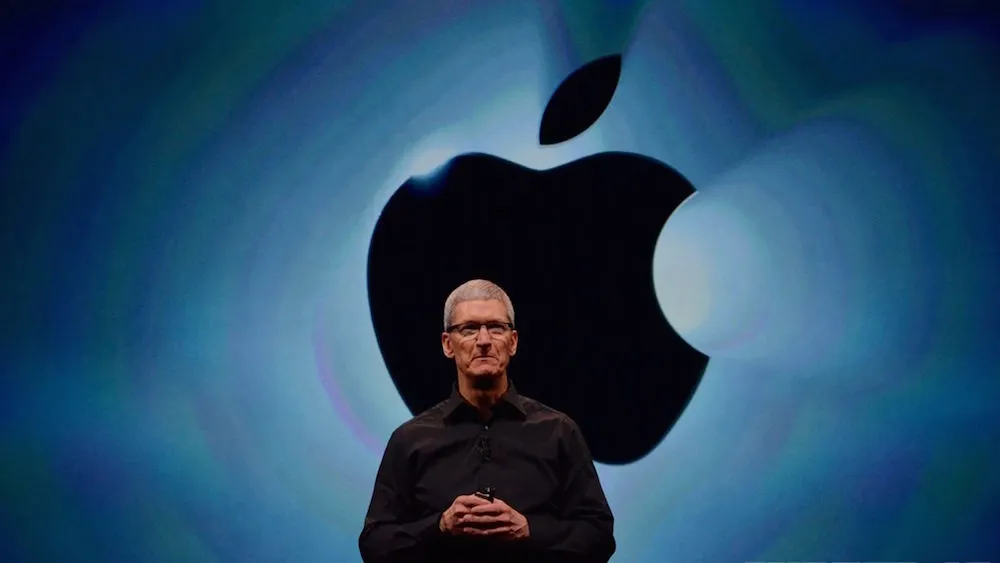Reports indicate the new iPhones on tap to be revealed next week by Apple could function as a best-in-class augmented reality device.
Apple earlier this year revealed its ARKit platform for developing augmented reality apps on hundreds of millions of its existing handheld devices. Since the release we’ve seen a series of impressive applications previewed on the Internet. Videos capture the immersive potential of the ARKit applications incredibly well even though they may be less impressive when viewed first-hand because they are delivered on a phone screen rather than presented on glasses and delivered directly to the eyes.
The technical difficulty of developing fashionable AR glasses people want to wear all day is extraordinary, and we’d be extremely shocked to see Apple release something along these lines in 2017. Instead, we expect the next iPhone to debut with new outward-facing cameras that improve upon the ARKit functionality Apple already debuted earlier this year, according to a report by Bloomberg.
The device is expected to also include a front-facing 3D camera that, while reports indicate could be used for payments or security, might also have AR applications. Now let me preface this by saying we’ve heard no solid reports Apple plans to include the following functionality in the new devices, but I certainly hope it comes to pass. Technology Apple acquired in 2015 could make FaceTime video calls much more fun. It is feasible this device could enable people to optionally have their entire conversation over video chat as animated cartoon characters, with all their expressions captured. In 2015, Apple acquired a company called Faceshift that allowed people to take their facial expressions and transfer those in real-time onto a myriad of cartoon characters.
Lastly, reports indicate Apple is paying Samsung a fortune for the OLED displays used in the new iPhone — contributing to the expected high cost of the device while paying the tech giant’s chief rival a major slice of the profit driving Apple’s extraordinary growth over the last decade. Apple is said to be sourcing the component exclusively from Samsung, which puts OLED screens in all of its phones compatible with its Gear VR headset. Samsung seems to have a lock on the market for these displays. Reports indicate Apple is considering an investment in LG to spur the company’s efforts so that it too can produce these components at the scale it requires for iPhone production. While Microsoft’s upcoming headsets are expected to use LCD screens with “impulse backlighting”, the vast majority of existing VR headsets have been reliant on Samsung’s OLED display technology to function. That said, we saw an excellent preview of a VR headset based on LG’s screens earlier this year. The takeaway here is that, with OLED screens finally powering the iPhone after years without, it might be possible to stick the new iPhone into a VR headset similar to the Gear VR and have a higher quality experience than has been possible with Apple devices in the past. Developers using ARKit have already tested inside-out tracking with earlier iPhones and found it to do a surprisingly solid job. With a higher quality display, developers might be able to prepare more enjoyable VR apps released on Apple’s App Store.
As with anything related to Apple, we’ll have to wait and see what the company actually deemed fit to announce and support. It is hosting its iPhone reveal event on the morning of Sept. 12.


























